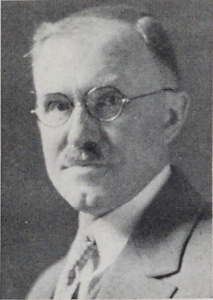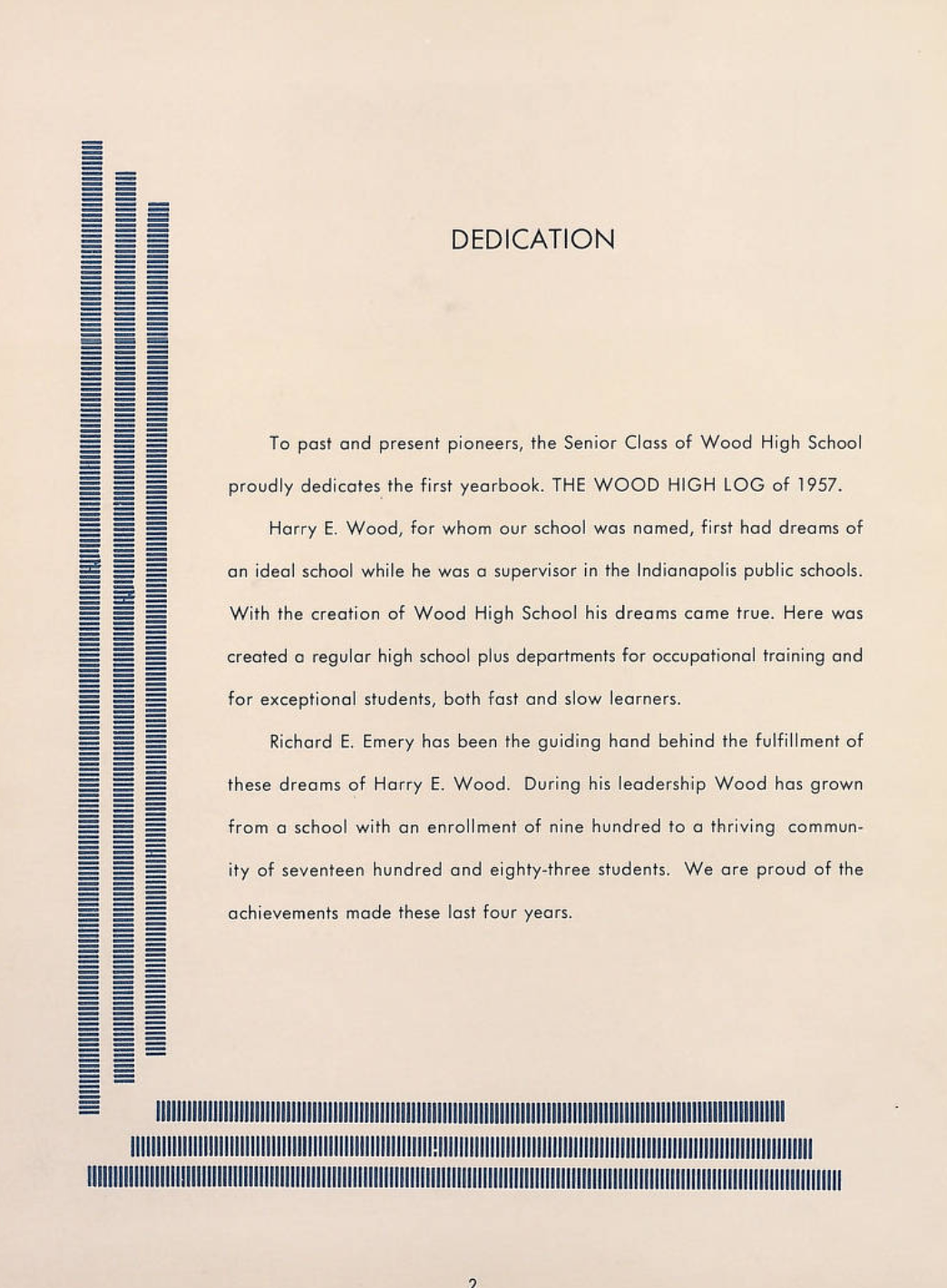
Photo info …
Credit: Indiana University IndianapolisView Source
(Sept. 26, 1879-Jan. 21, 1951). Harry E. Wood was born near Lexington, Illinois, the third child of Emsley Harrison Wood Jr. and Florence Robinson Wood. The family moved to Indianapolis shortly after Wood’s birth. After Wood’s mother died around 1882, his father married Sallie Bunger Lewis 11 months later.
Wood attended until about 1889. His education was interrupted when he contracted tuberculosis. Once able to resume his studies, he attended in 1899 and worked as a cartoonist for the in 1900. Renowned Indiana journalist , who then was managing editor of the newspaper, hired him to create pen-and-ink sketches of Indiana political office holders for fellow newspaper artist and journalist political satire column, “Our Public Servants.”
Wood returned to Manual Training High School as an assistant art instructor under in 1900. He taught drawing and design at Manual until 1904. He then accepted a scholarship to the School of Industrial Art in Philadelphia. Here he met his future wife Bessie Houser, whom he married in 1907.
Wood attended art school in Philadelphia for one semester, where he learned of the Arts and Crafts Movement, an international trend in decorative design that began in Europe before spreading to the U.S. In 1905, he returned to Indianapolis because of his father’s failing health. He taught jewelry making and industrial arts at Emmerich Manual Training High School and from 1906 to 1910. In 1911, he was appointed director of Manual Training and Vocational Training for the entire IPS system. Later, in 1923, he was appointed director of Practical Arts. In 1932, he became director of Fine and Practical Arts and Vocational Education and in 1936 director of Arts.
Though suffering with arthritis, Wood remained active as an administrator, educator, speaker, and craftsman. He taught summer courses in design and industrial arts at colleges and universities throughout the country, primarily to teachers. Wood served as supervisor of War Production Training for Indianapolis during . He also taught at in Indianapolis from 1945 until 1951. He retired from IPS in 1950.

Wood served at various times as an auditor, treasurer, vice president, and president of the Chicago-based Western Arts Association (1919–1921); president of the Indiana Vocational Association (1927); president of the Design Guild (1928); and president of the Indiana Industrial Education Association (1932). He served on the board of directors of the . Wood belonged to Epsilon Pi Tau and Iota Lambda Sigma fraternities and was active in the Mystic Tie Masonic Lodge. For eight summers, Wood taught a course in the organization of manual arts at the Cornell University Summer School. He was an ordained elder in the in 1925 and was associated with the for many years.
Wood published two books: Progressive Problems in Mechanical Drawing (1927) and Pre-Vocational and Industrial Arts (1919). This collection contains manuscript and visual material from Progressive Problems in Mechanical Drawing (1927) and an unpublished manuscript, “Principals of Design.”
IPS opened , a vocational training high school named in his honor, in 1953. It remained open until 1978.
He is buried in .

Help improve this entry
Contribute information, offer corrections, suggest images.
You can also recommend new entries related to this topic.

